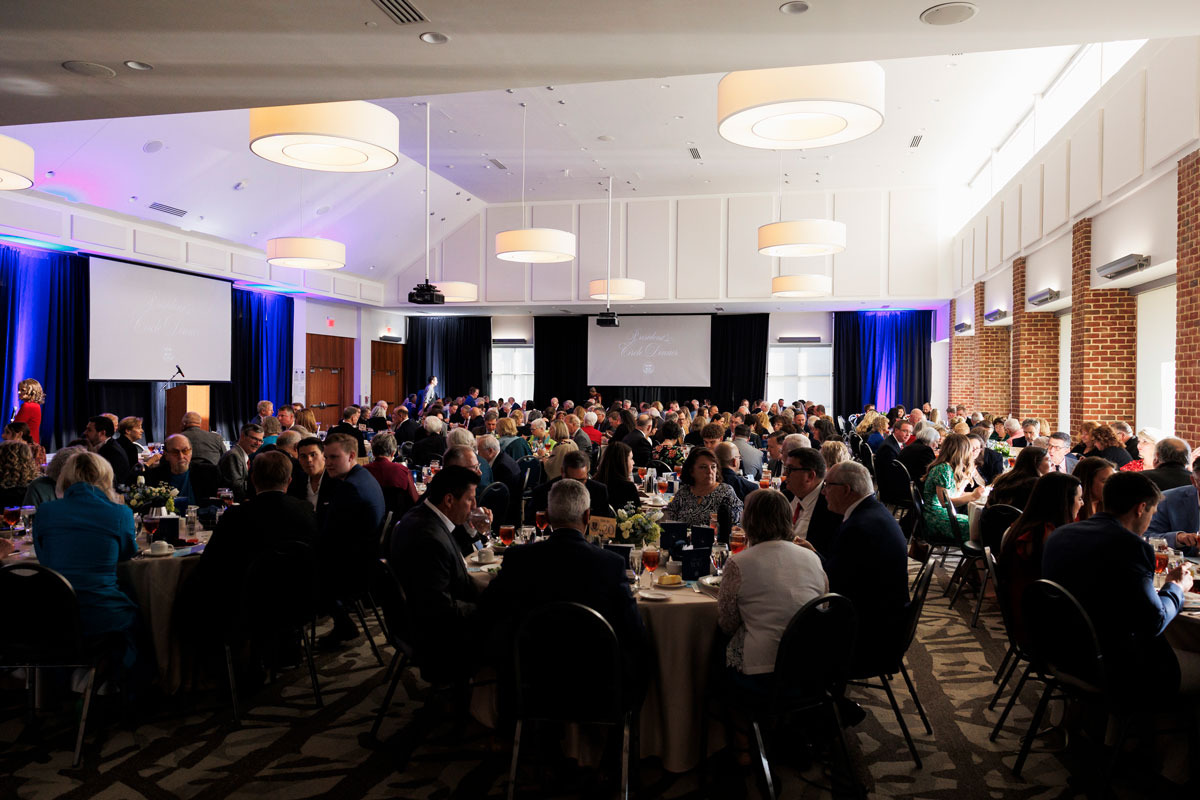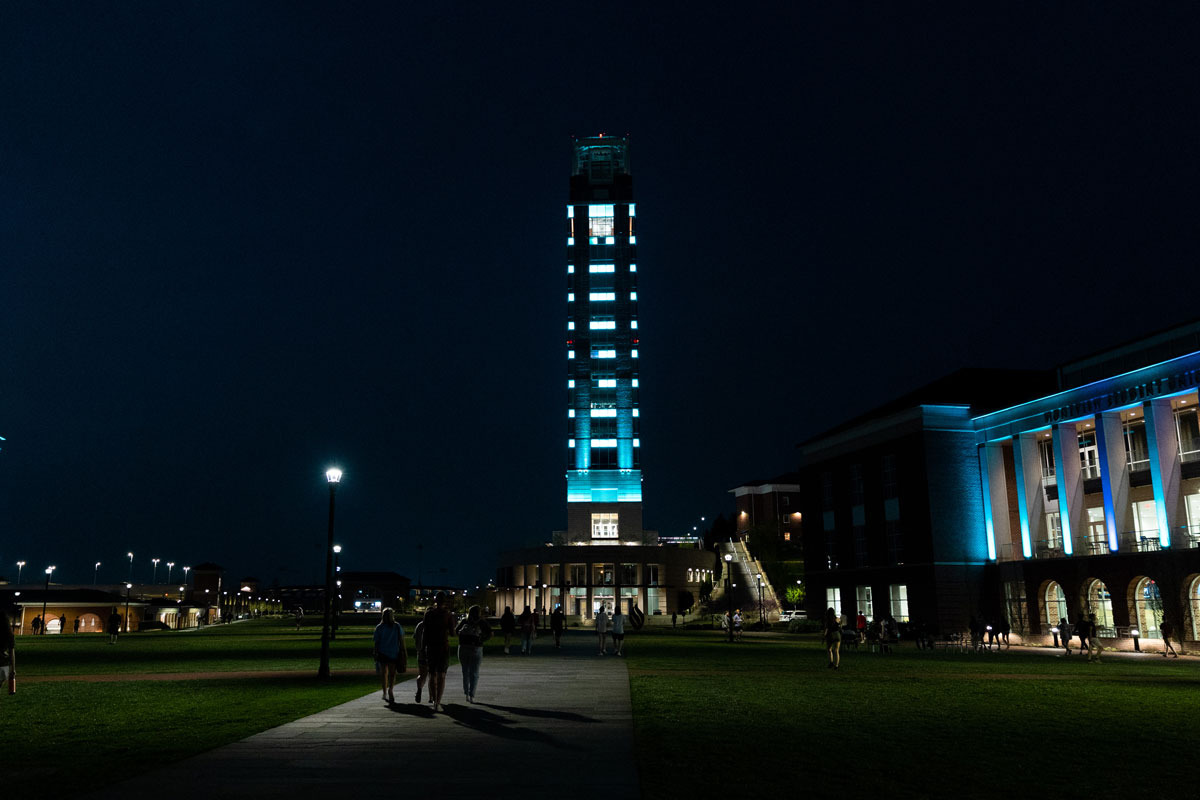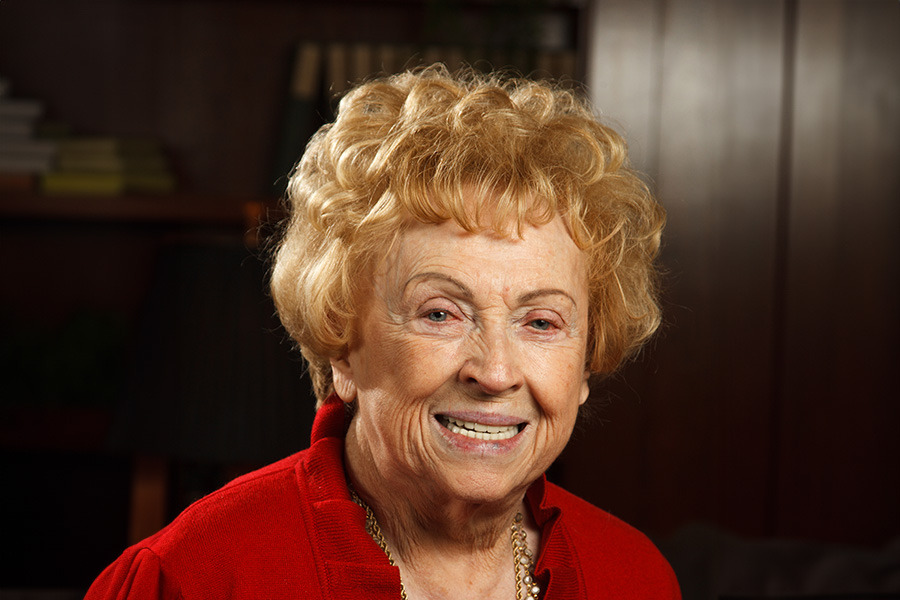Search News Archives
Filter News Articles
Additional Navigation
Biology professor urges everyone to lose the shoes
September 2, 2010 : By Liberty University News Service - Office of Communications & Public Engagement
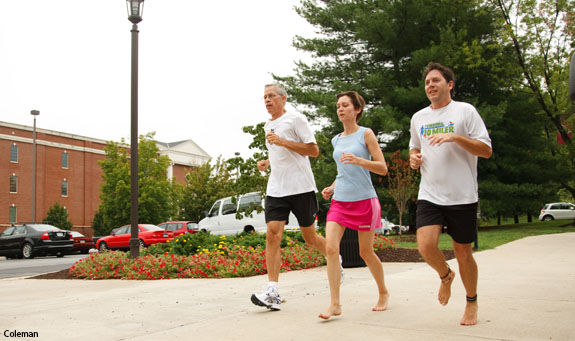 |
| Dr. Daniel Howell (far right) goes for a jog around campus with Dr. David Dinsmore and Dr. Kimberly Mitchell. |
UPDATE: Dr. Daniel Howell was interviewed on MSNBC’s The Dylan Ratigan Show on Oct. 19.
Dr. Daniel Howell, associate professor of Biology, spent his summer promoting his book, “The Barefoot Book: 50 Great Reasons to Kick Off Your Shoes.”
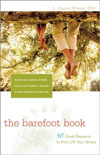 “It wasn’t like a traditional book tour,” said Howell, who drove the entire trip himself, covering 21 states in 21 days and 5,412 miles, doing various TV interviews, book signings and presentations. He also did the tour just as his book prescribed — with his shoes off. At the time of this interview in early August, Howell had remained shoeless since May 15.
“It wasn’t like a traditional book tour,” said Howell, who drove the entire trip himself, covering 21 states in 21 days and 5,412 miles, doing various TV interviews, book signings and presentations. He also did the tour just as his book prescribed — with his shoes off. At the time of this interview in early August, Howell had remained shoeless since May 15.
“Oddly enough,” said Howell, “My most successful events were at running-shoe stores.”
Howell began his barefoot enthusiasm five years ago, due to a number of injuries he had been incurring from running with shoes on. He had begun running as an adolescent, but stopped in his mid-20s. It wasn’t until his mid-30s when he returned to the sport as an effort to “get back in shape.”
“I started trail running again, and got a lot of injuries — mostly twisting my ankles because of the rocks and the roots,” said Howell. “Five years ago, there wasn’t much information on barefoot running, but I looked around on the Internet and came across two people in particular who were doing some barefoot running.”
He decided to give it a try, and found that he really liked it. Not only has he left his footwear behind, but also his running-related injuries. Since going barefoot, Howell hasn’t rolled, twisted or sprained an ankle for more than 2,000 miles.
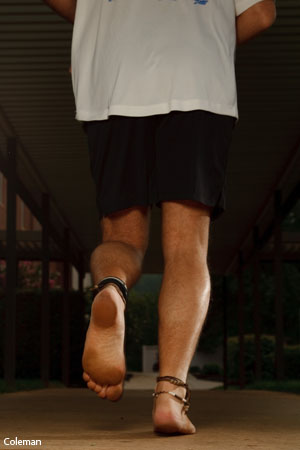
Howell said he had already been inclined to believe that shoes were not all that healthy, nor did he find them comfortable. Further research led him to the conclusion that shoes are the leading cause of running injuries and most other foot problems; problems such as hammer toe, fallen arches and hallux valgus (bunions) are all caused by footwear, he said.
Howell was shocked to discover that the more costly the shoe, the higher the chances are per mile that its user will get injured. The more “bells and whistles” put into a shoe, the further the runner is taken from the natural way the feet are designed to operate.
“God was competent when he designed [the foot],” he said. The foot’s nerve endings are meant to send messages to your brain about, for example, how hard you should land while running. Wearing shoes renders the foot “blind and deaf,” he said. This leads to joint pain and fallen arches, among other problems.
“I also discovered that [shoes] not only change the way you run, but they change the way you walk and stand. Those changes are all negative and unnatural changes,” said Howell.
Students began asking him questions about barefoot running, barefoot hiking and being barefoot in general, which compelled him to do more research. He noticed that his research notes began to take on the form of individual book chapters.
Recognizing this, “The Barefoot Book” came to be. Hunter House, his first choice for publishing, accepted the manuscript in 2008. The book was published in July 2010.
Howell is most pleased by the fact that the book has been well received by the medical, academic and barefoot communities.
“I take it as my highest compliment that the people who are most involved think that [the book] is good,” he said.
One part of the book that didn’t make it to its final published form is a chapter about the spiritual aspects of going barefoot. Howell assures that this chapter is still intact, and plans on submitting it as a series of articles to various magazines.
While not part of the official summer book tour, Howell will be at the Liberty University Barnes & Noble on Sunday, Sept. 5 at 2 p.m. to sign copies of his book.
- Howell was featured in the June/July 2009 Liberty Journal.
